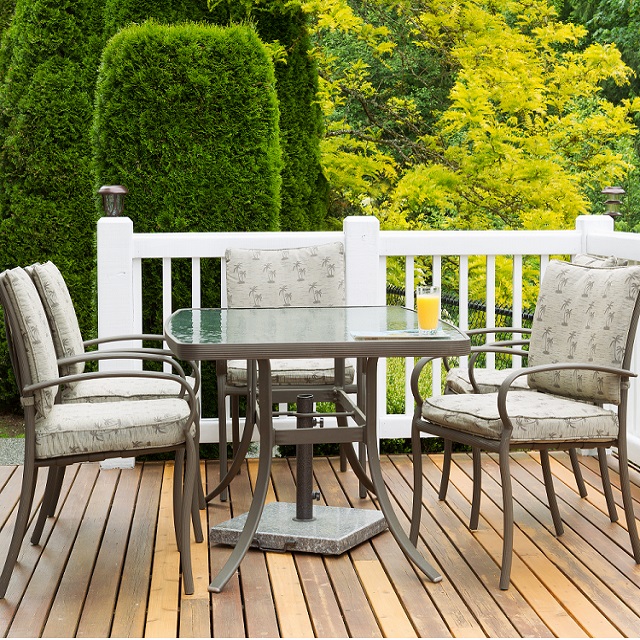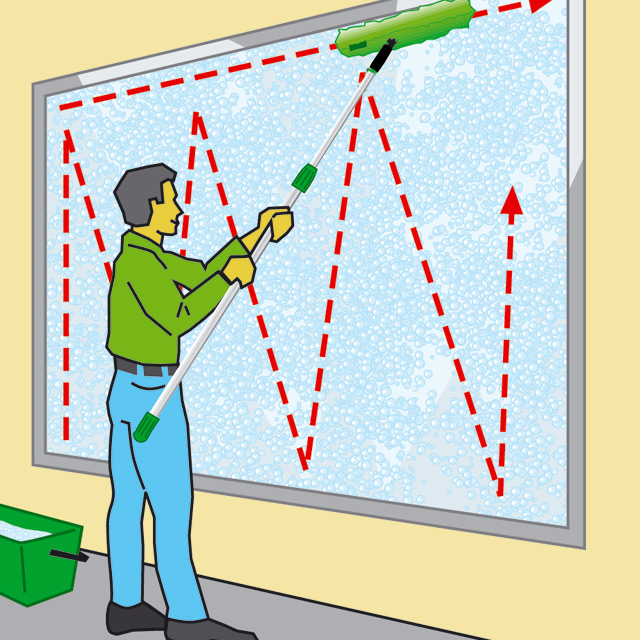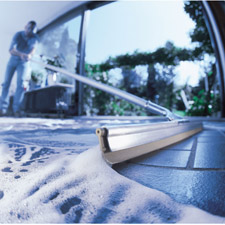How to Clean Outdoor Furniture
 Most people leave their outdoor furniture exposed to the elements all year. This means that when summer rolls around, there is a buildup of dirt, moss and mildew which is not only unattractive, but a deterrent to those looking for a place to sit when outside. Paper towels and spray cleaner is not strong enough to clean your patio furniture when it starts to look dirty and grimy.
Most people leave their outdoor furniture exposed to the elements all year. This means that when summer rolls around, there is a buildup of dirt, moss and mildew which is not only unattractive, but a deterrent to those looking for a place to sit when outside. Paper towels and spray cleaner is not strong enough to clean your patio furniture when it starts to look dirty and grimy.
Cleaning Wrought-Iron and Plastic Furniture
To clean wrought-iron and plastic furniture, simple dish detergent should be enough. Mix dish detergent with water in a large bucket. Then, wet a microfiber cloth with the soapy liquid to wash the furniture. Start with the larger pieces first and then the smaller pieces such as plastic chairs. Once cleaning is complete, rinse off the dirty water and soap from the furniture with a garden hose and let air dry.
… Read More


 Windows should be washed twice a year, but it’s a task that many people think they can’t do on their own. One reason that homeowners think it is so difficult to wash windows is because they don’t have the right tools. You can clean windows easier, faster, and safer when you use the right tools. Unger Professional has a full line of ergonomically designed
Windows should be washed twice a year, but it’s a task that many people think they can’t do on their own. One reason that homeowners think it is so difficult to wash windows is because they don’t have the right tools. You can clean windows easier, faster, and safer when you use the right tools. Unger Professional has a full line of ergonomically designed 